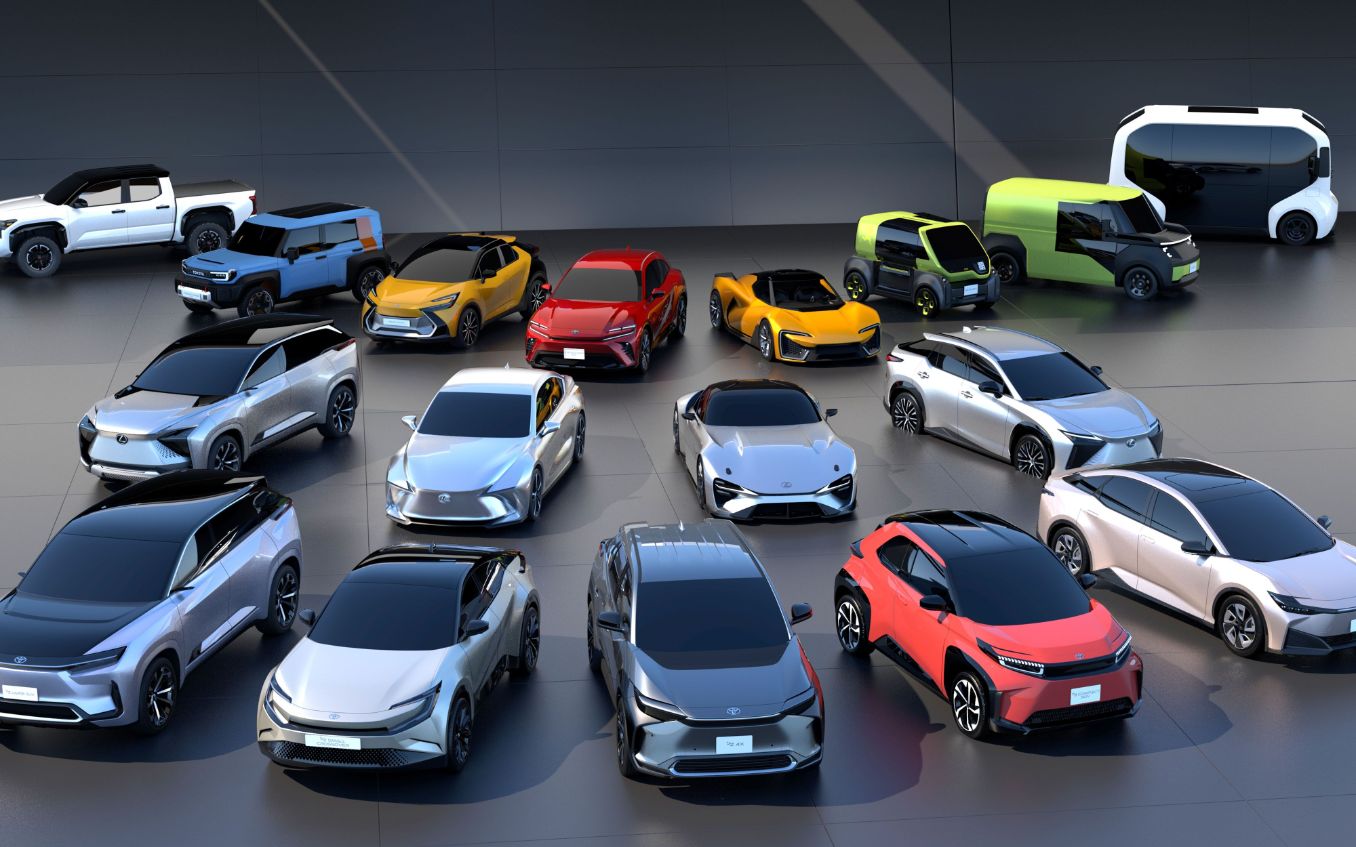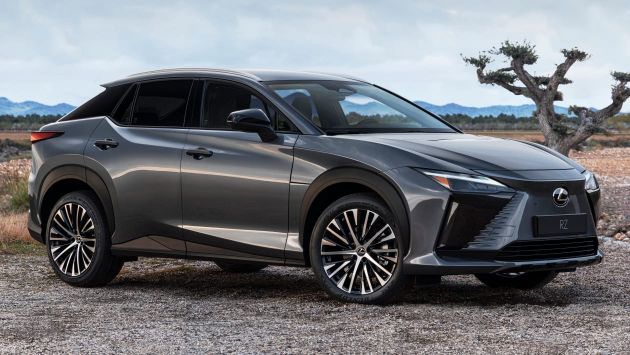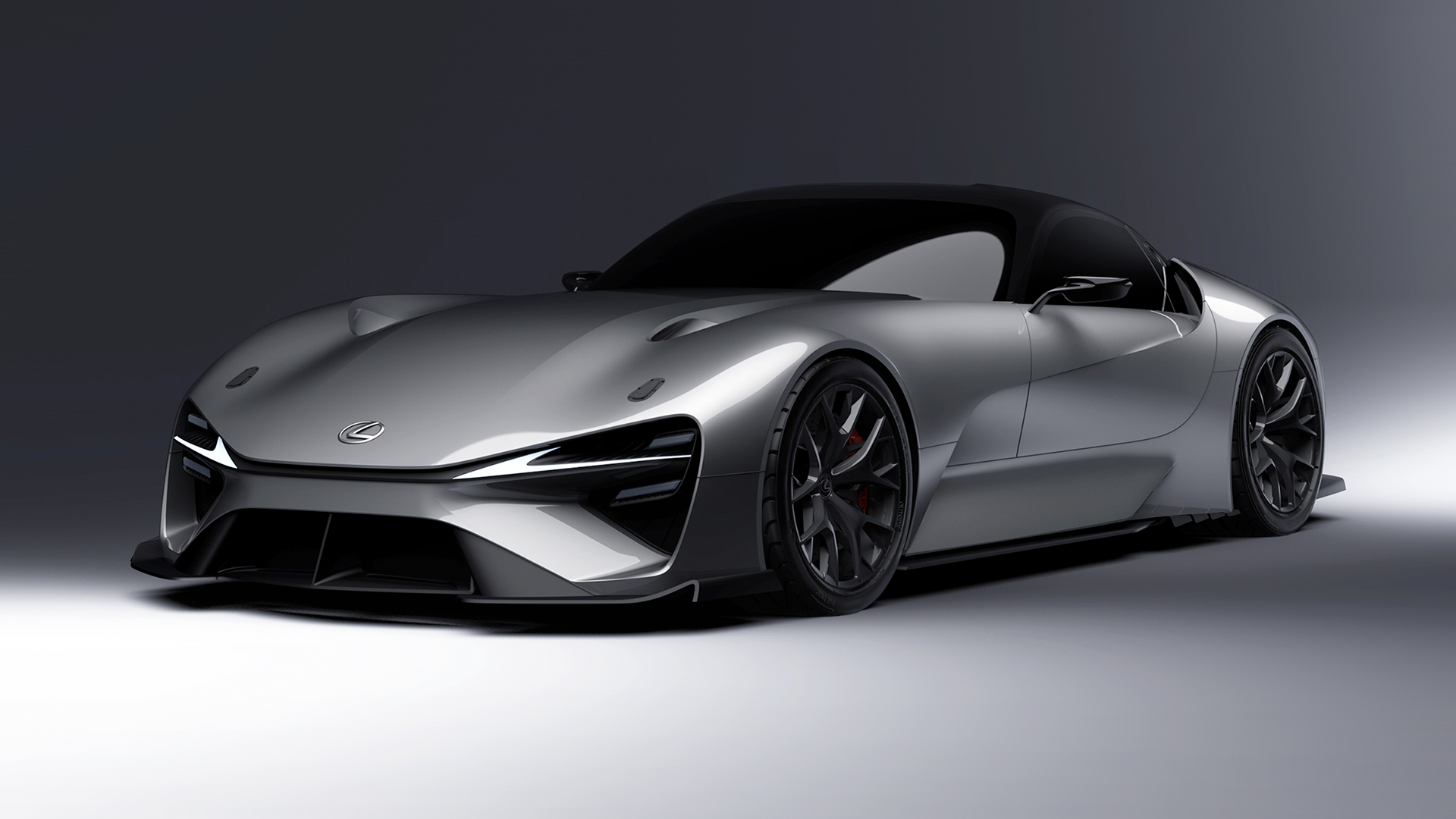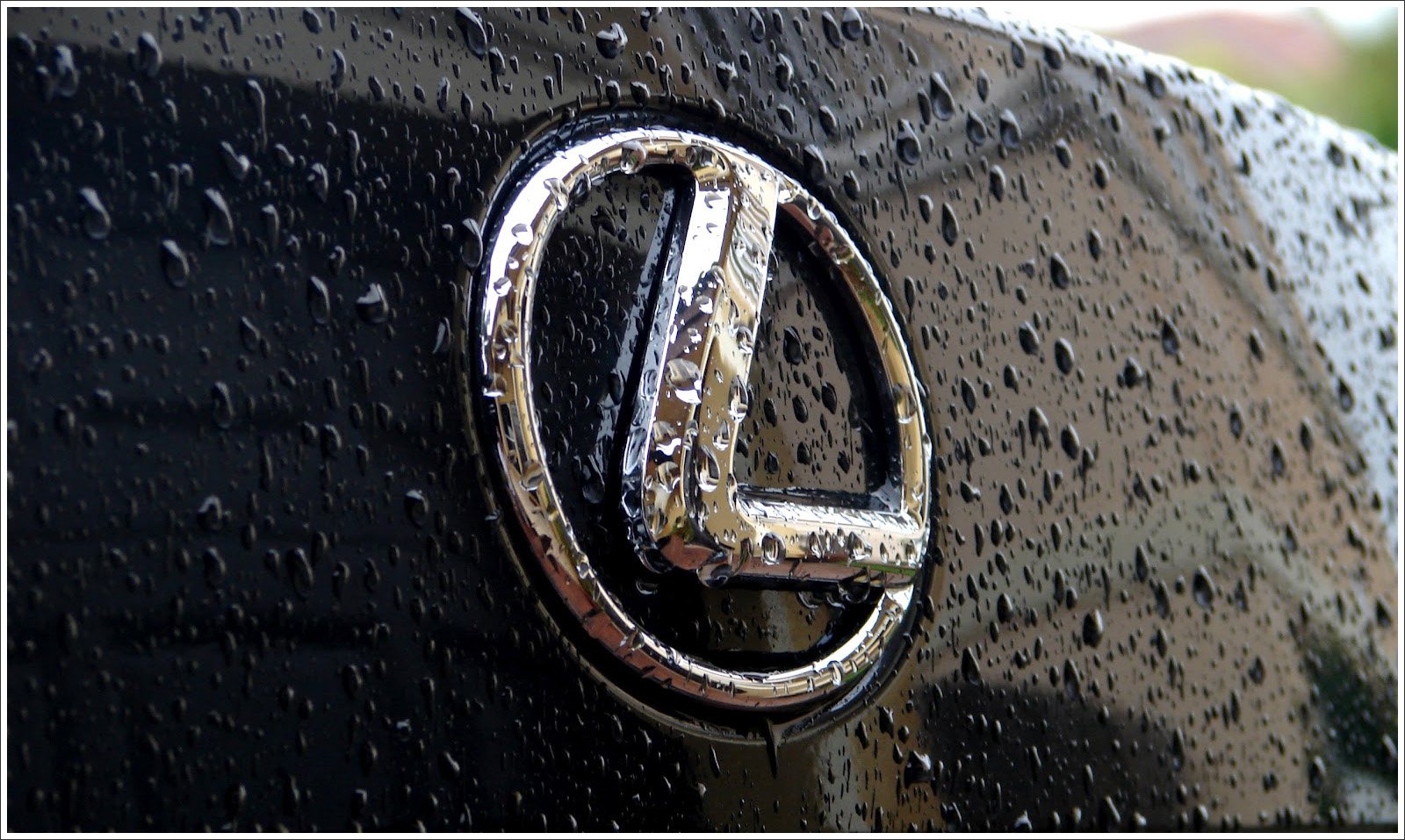Toyota, the world’s largest automaker, plans to increase its battery-electric vehicle lineup by prioritizing its luxury brand Lexus, according to incoming CEO Koji Sato. However, the company will continue to explore other technologies as it has in the past.
This announcement comes as Toyota faces criticism for its perceived lack of enthusiasm towards battery-powered electric vehicles.
Toyota, known for introducing hybrid technology with the Prius, believes that in markets where infrastructure is not yet ready to support batteries, hybrids are a more practical option for many drivers. The company also views hydrogen-powered vehicles as a potential future technology.
See also: Lexus reveals the appearance of the Lexus RZ electric car
Incoming CEO Sato has stated that Toyota will prioritize the development of battery-electric vehicles for the Lexus brand, but emphasized that this is not a significant shift in strategy, and that Toyota will continue to explore various technologies in its pursuit of carbon-neutral vehicles.
“This is not a fast pivot towards battery EVs,” he said, adding that much of the problem stemmed from one of “communication” about Toyota’s strategy.
“To the point that we have been slow at battery EV projects, I think around half of it is a communication issue,” he said.
Sato has confirmed that the company remains committed to its previous goal of selling 3.5 million battery-electric vehicles by 2030. He also stated that further details about the strategy would be communicated in April, once his team assumes their roles.
See also: All-electric Lexus LFA *might* get a manual transmission
Sato, who began his career at Toyota in 1992 and became the chief engineer of Lexus International in 2016, is an engineer by training. Although he led the development of Lexus’s first fully electric vehicle, he has previously emphasized the importance of exploring various options for powering vehicles.
As Toyota continues to prioritize the development of battery-electric vehicles under Sato’s leadership, it remains to be seen how the company will balance its commitment to this technology with its exploration of other alternatives in the pursuit of sustainable mobility.






